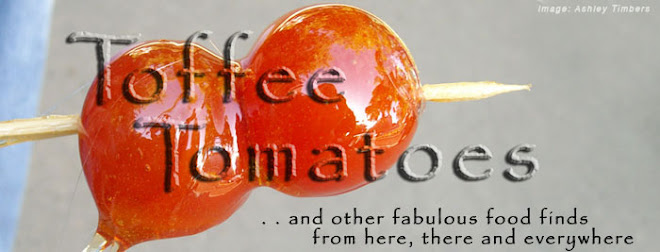
That’s the question everyone asks when I tell them we are going on a truffle hunt.
Of course it’s not that sort of a ‘hunt’, I explain. Ex-Customs sniffer dogs do the actual searching, and anyway at around $2000 or so a kilogram, truffles are far too valuable for tourists like us to simply scavenge.
Besides, I’m not sure I’d know what to do with one – a whole one – if I ever found myself in possession of it. While I’d never say no to a truffle of the chocolate persuasion, these fellows are the real deal: roundish, knobbly, pockmarked and liberally covered in soil, not with a genteel dusting of sifted cocoa ready for afternoon tea.

No beauties these, to be sure, yet their flavour and scent have evoked crimes of passion and intrigue, and at the very least, seduction. “Mud cooked by lightning”, Plutarch called them.
Right now it’s truffle harvesting time in Australia, and they’re popping up all over the country. Tasmania was the first state to plant and harvest them, but now good finds are being made at groves in NSW, Victoria and WA.

These are the winter black truffles (Tuber melanosporum) beloved by the French, and found most notably in the Perigord region. Word is that some places in Australia are also currently trying to raise the rarer white truffle most commonly unearthed around Alba in northern Italy.
But something you may not know is that Australia has its very own truffles. You won’t find theses indigenous, native truffles on anyone’s menus, though. Not unless you’re a potoroo, bandicoot or native mouse. These animals must be natural gourmets because they love them, digging them up from the base of paper bark trees, eucalypts, casuarinas, and many other native shrubs.
I’ve never seen these wild truffles, but I’m told they may smell faintly of peanut butter or bubble gum. Or several far worse smells – just use your imagination for those!
What’s more, although about 250 species have so far been indentified in this country, it’s possible there could be as many as another thousand or more varieties lurking out there in every sort of environment from lush rainforests to the arid inland mallee areas.
So, although it seems Australia has an inexhaustible range of truffles, in all shapes and sizes (and odours) they’re not about to catch on too soon. I reckon I’ll stick to the good old black ones.
That’s if I can afford them!


No comments:
Post a Comment